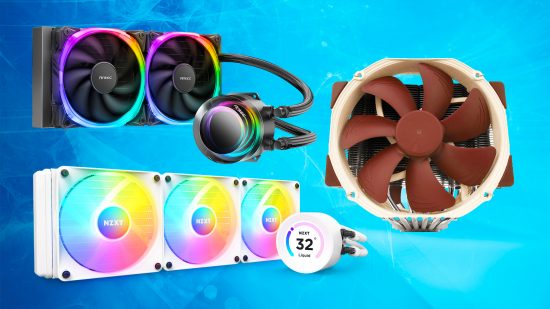If you’re looking for the best CPU cooler for your PC, then you’re in the right place. Our CPU cooler buying guide has recommendations budget air coolers all the way up to super-powerful 360mm AIO liquid coolers. Whether you’re looking for the very best cooling performance, quiet operation, or the best bargain, we’ll tell you which CPU cooler to buy.
You can find out how we test CPU coolers at the bottom of this page where you’ll also find a CPU cooler FAQ where you can learn what a CPU cooler does, what types there are, and the differences between them.
Why you can trust us ✔ Custom PC has over 20 years of experience testing hardware. We share honest, expert advice to help you buy the best. Find out how we test.
Here are the best CPU coolers in 2024:
- Cooler Master Hyper 212 Halo – best budget CPU cooler
- Noctua NH-D15 – best CPU air cooler
- Noctua NH-L9a – best low-profile cooler for AMD CPUs
- Antec Vortex 240 ARGB – best budget 240mm AIO cooler
- EK Nucleus AIO CR240 Lux D-RGB – best 240mm AIO cooler
- Phanteks Glacier One 240 T30 – best high-performance 240mm AIO cooler
- NZXT Kraken Elite 360 RGB – best 360mm AIO cooler
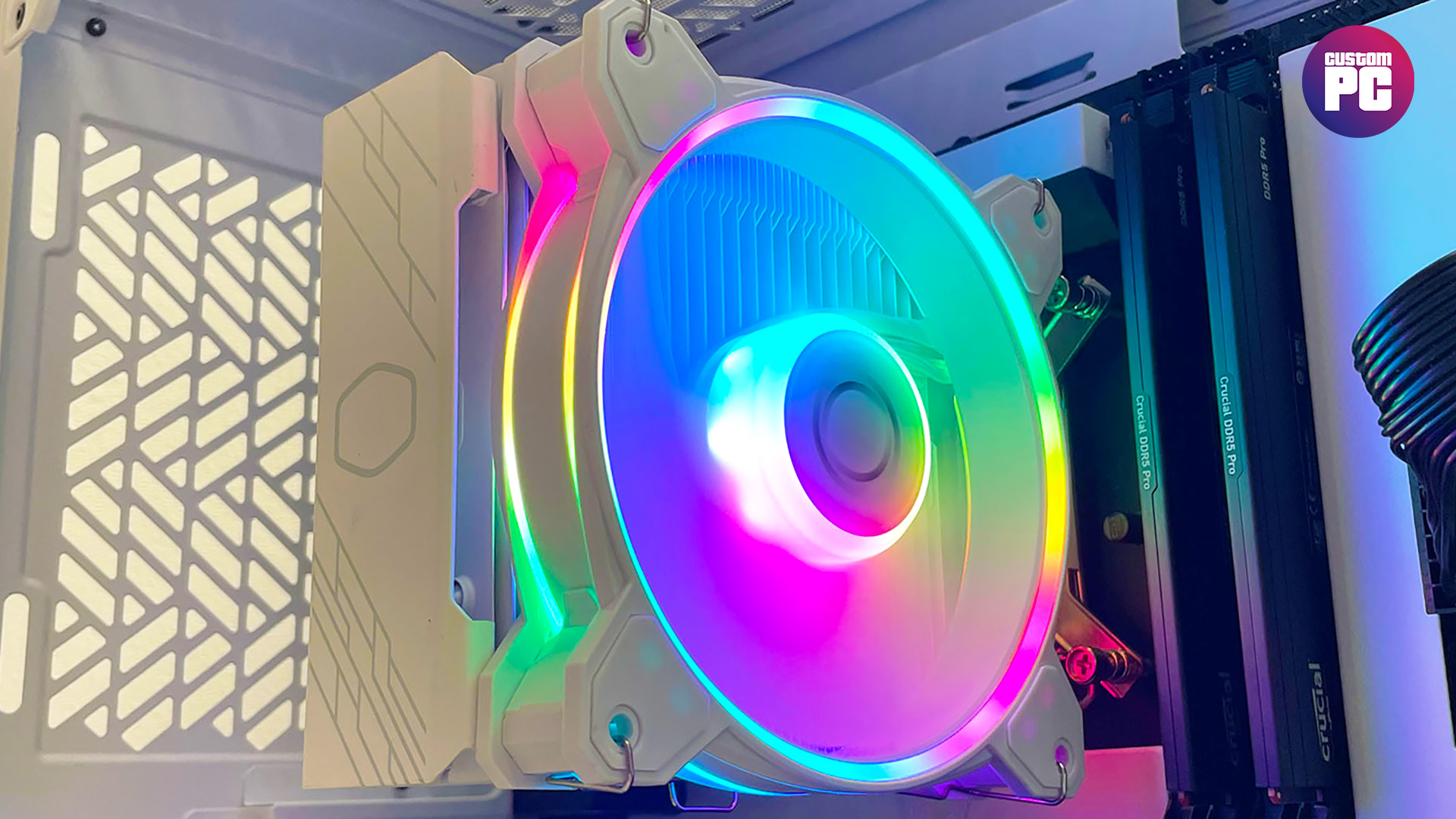
1. Cooler Master Hyper 212 Halo
The best budget CPU cooler.
Cooler Master Hyper 212 Halo specs:
| Intel sockets supported | LGA1700, LGA1200, LGA115x |
| AMD sockets supported | Socket AM4, Socket AM5 |
| Dimensions with fans (mm) | 124 x 73 x 154 (W x D x H) |
| Fans | 1 x 120mm |
| Stated noise | 27dBA |
| RGB lighting | Yes |
| Extras | None |
Pros
- Very compact
- Excellent RGB lighting
- Easy to install
Cons
- Can’t handle high-end CPUs
- Aesthetics and lighting add to price
This sub-$50 cooler doesn’t only look great, with its vibrant RGB lighting and black or white finish, but it’s also incredibly easy to install and doesn’t make too much noise. The only downside is that it doesn’t have the cooling capacity to handle high-end Ryzen 7 and Core i7 CPUs. However, the Cooler Master Hyper 212 Halo is ideal if you’re looking to cool a Core i5-13600K or a Ryzen 5 7600X without breaking the bank.
Read our Cooler Master Hyper 212 Halo review.
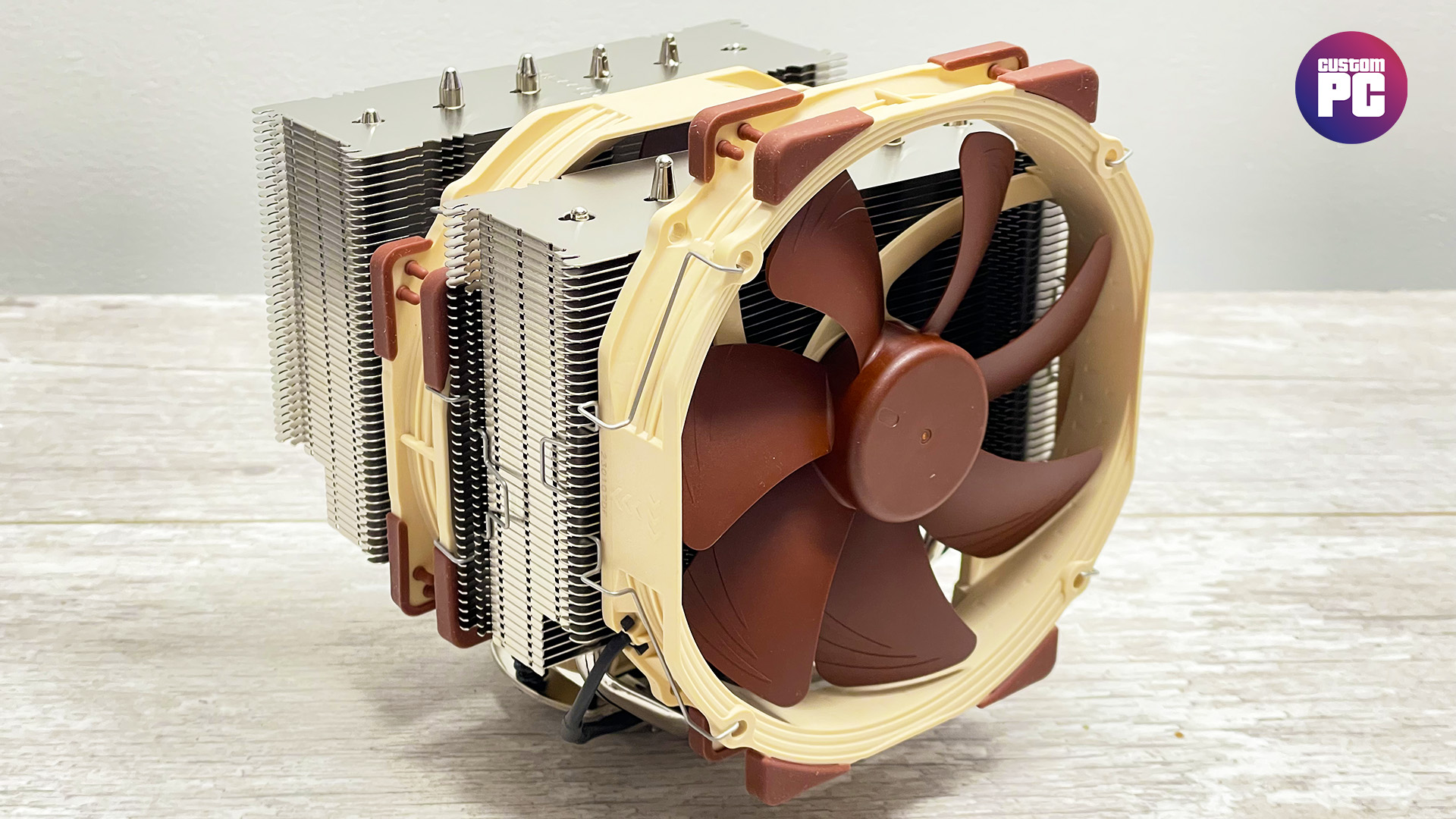
2. Noctua NH-D15
The best CPU air cooler.
Noctua NH-D15 specs:
| Intel sockets supported | LGA1700, LGA1200, LGA115x, LGA2066, LGA2011 |
| AMD sockets supported | Socket AM4, Socket AM5 |
| Dimensions with fans (mm) | 150 x 161 x 165 (W x D x H) |
| Fans | 2 x 140mm |
| Stated noise | 27dBA |
| RGB lighting | No |
| Extras | Fan splitter cable, speed reduction cables |
Pros
- Excellent cooling
- Great build quality
- Low noise
Cons
- Expensive
- Clashes with tall memory modules
- Very large
This colossal beast of a CPU cooler might not be cheap, but it’s incredibly powerful and quiet to boot. The build quality is superb, as are the instructions, and going for an air cooler over an AIO cooler means you don’t need to worry about pump failure or leaks either. Impressively, you can also cool a high-end CPU with this entirely air-cooled design, with the Noctua NH-D15 keeping our Ryzen 9 7900X and Core i7-13700K in check under full load.
Read our Noctua NH-D15 review.
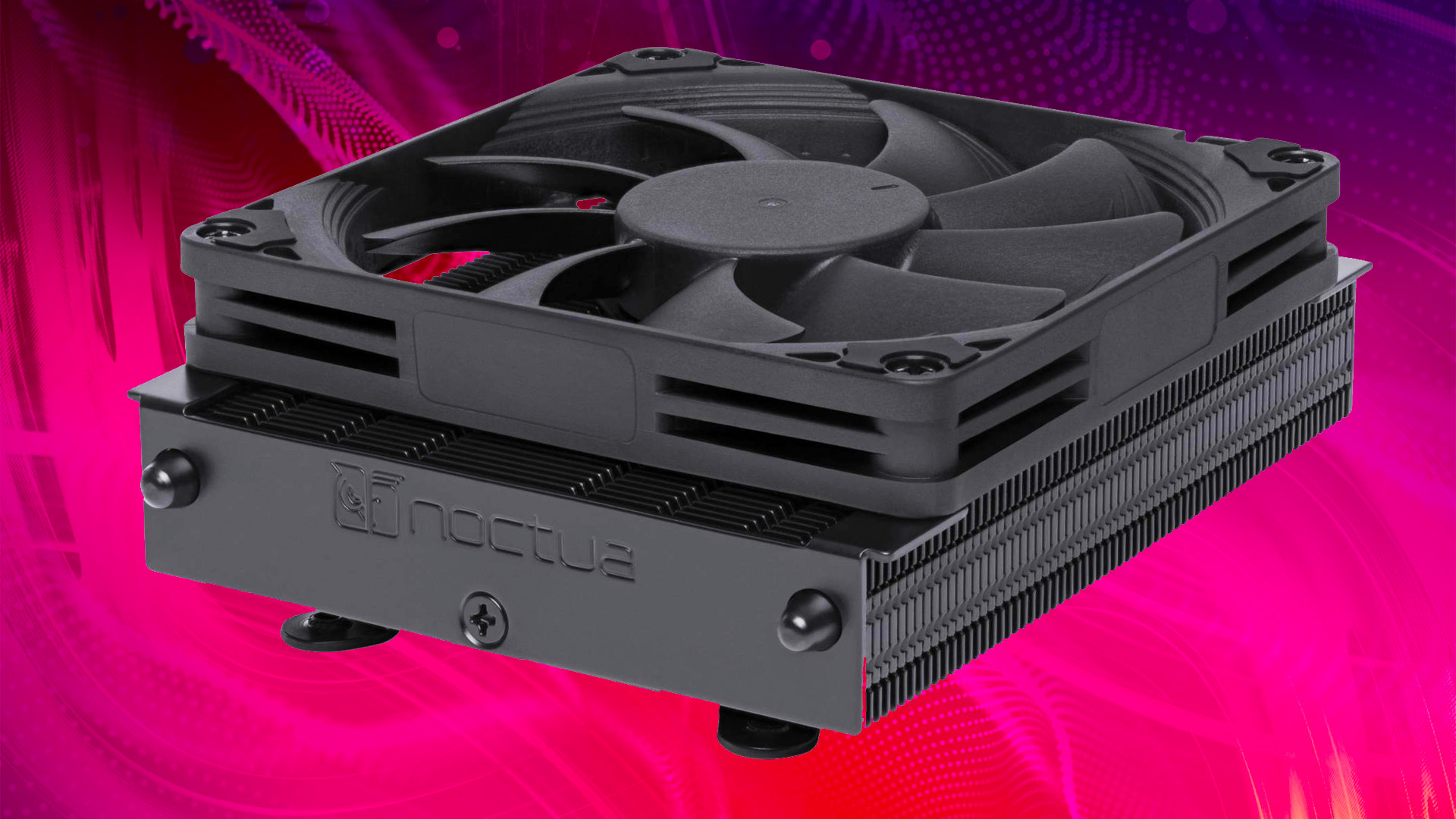
3. Noctua NH-L9a
Best low-profile cooler for AMD CPUs.
Noctua NH-L9a specs:
| AMD sockets supported | Socket AM4, Socket AM5 |
| Dimensions with fan (mm) | 92 x 92 x 45 (W x D x H) |
| Fans | 1 x 92mm |
| RGB lighting | No |
| Stated noise | 10-37dBA |
| Extras | Speed reduction cable, tube of thermal paste |
Pros
- Very compact design
- Impressive cooling capacity
- Can be very quiet
Cons
- Expensive
- Can be loud under a full load
- Design limited to single CPU manufacturer
If your chosen PC case has limited clearance for a tall CPU heatsink, perhaps if you’re building a mini-ITX rig, then the Noctua NH-L9a low-profile air cooler is ideal for taking care of an AMD Ryzen chip. Available in both Socket AM4 and Socket AM5 models, this diminutive cooler had no problem cooling a Ryzen 9 7900 in our tests, and it does it quietly as long as you don’t run it at full load. The main downside is that it’s only compatible with one CPU socket, though there’s also an Intel version available in the form of the NH-L9i.
Read our full Noctua NH-L9a review.
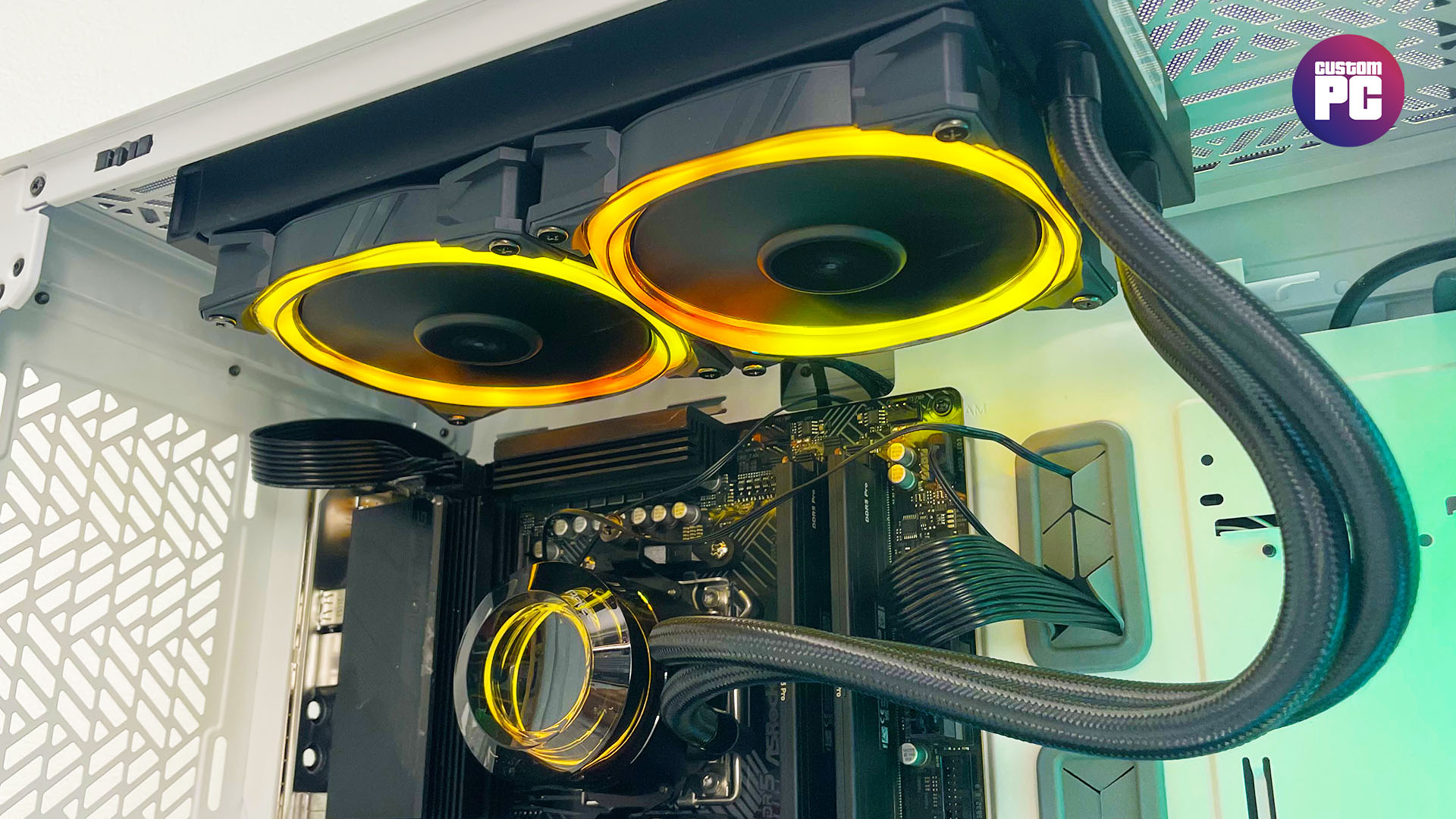
4. Antec Vortex 240 ARGB
The best budget 240mm AIO cooler.
Antec Vortex 240 ARGB specs:
| Intel sockets supported | LGA1700, LGA115x, LGA1200, LGA2011, LGA2066 |
| AMD sockets supported | Socket AM5, Socket AM4, Socket AM3 |
| Dimensions with fans (mm) | 277 x 120 x 52 (W x D x H) |
| Fans | 2 x 120mm |
| Stated noise | 31dBA |
| RGB lighting | Yes |
| Extras | RGB controller |
Pros
- Very quiet pump
- RGB lighting looks great
- Easy to install
- Great value
Cons
- Fans are a little noisy at full speed
- Cooling abilities aren’t stellar
- No Antec control software
The Antec Vortex 240 ARGB proves that you don’t have to pay over the odds to get decent CPU cooling and fancy RGB lighting. Despite having a price of just $85, this dashingly good-looking cooler managed to keep our Core i7-13700K and Ryzen 9 7900X test chips in check, and it has a quiet pump as well. Paying more money will get you some more cooling power, as well as lower fan noise, but this is the 240mm AIO cooler to buy if you have a limited budget.
Read our Antec Vortex 240 ARGB review.
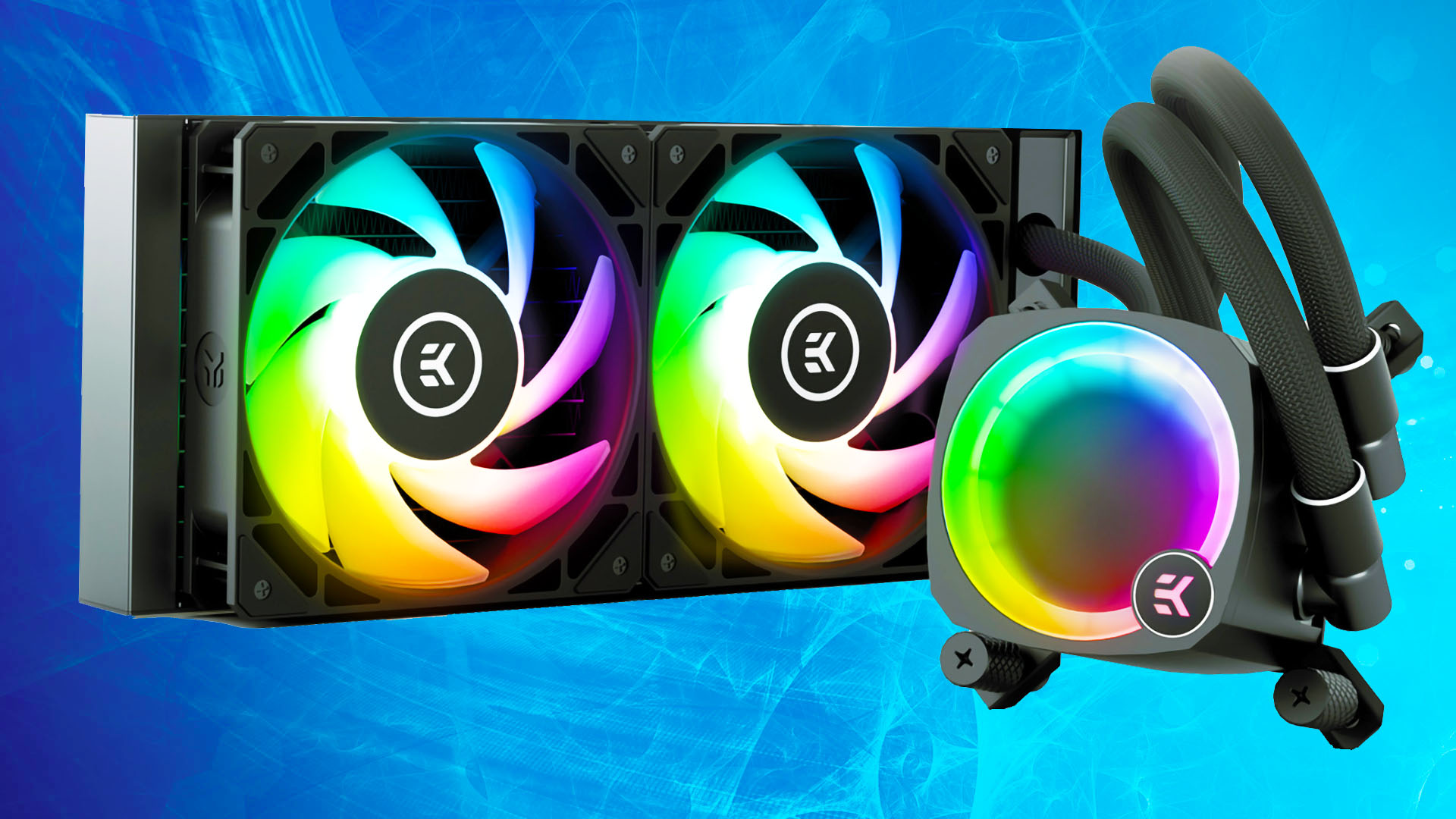
5. EK Nucleus AIO CR240 Lux D-RGB
The best 240mm AIO cooler.
EK Nucleus AIO CR240 Lux D-RGB specs:
| Intel sockets supported | LGA1700, LGA1200, LGA115x, LGA2066, LGA2011 |
| AMD sockets supported | Socket AM4, Socket AM5 |
| Dimensions with fans (mm) | 124 x 281 x 52 (W x D x H) |
| Fans | 2 x 120mm |
| Stated noise | 36dBA |
| RGB lighting | Yes |
Pros
- Great cooling and lighting
- Easy to install
- Daisy-chained PWM and lighting cables
Cons
- Cheaper 240mm liquid coolers are available
- Might not fit all mini-ITX motherboards
- Pump lighting can’t be daisy-chained to fans
We love this dashingly handsome cooler, which comes from custom water-cooling specialist EK. The vibrant RGB lighting on its fans on the pump unit looks great, and it’s surprisingly affordable as well. More importantly, its cooling is superb, even on high-end CPUs, and its pump and fans are quiet too. Meanwhile, the daisy-chained PWM and lighting system mean you can power the lighting and fans through a single cable, massively reducing cable clutter.
Read our EK Nucleus AIO CR240 Lux D-RGB review.
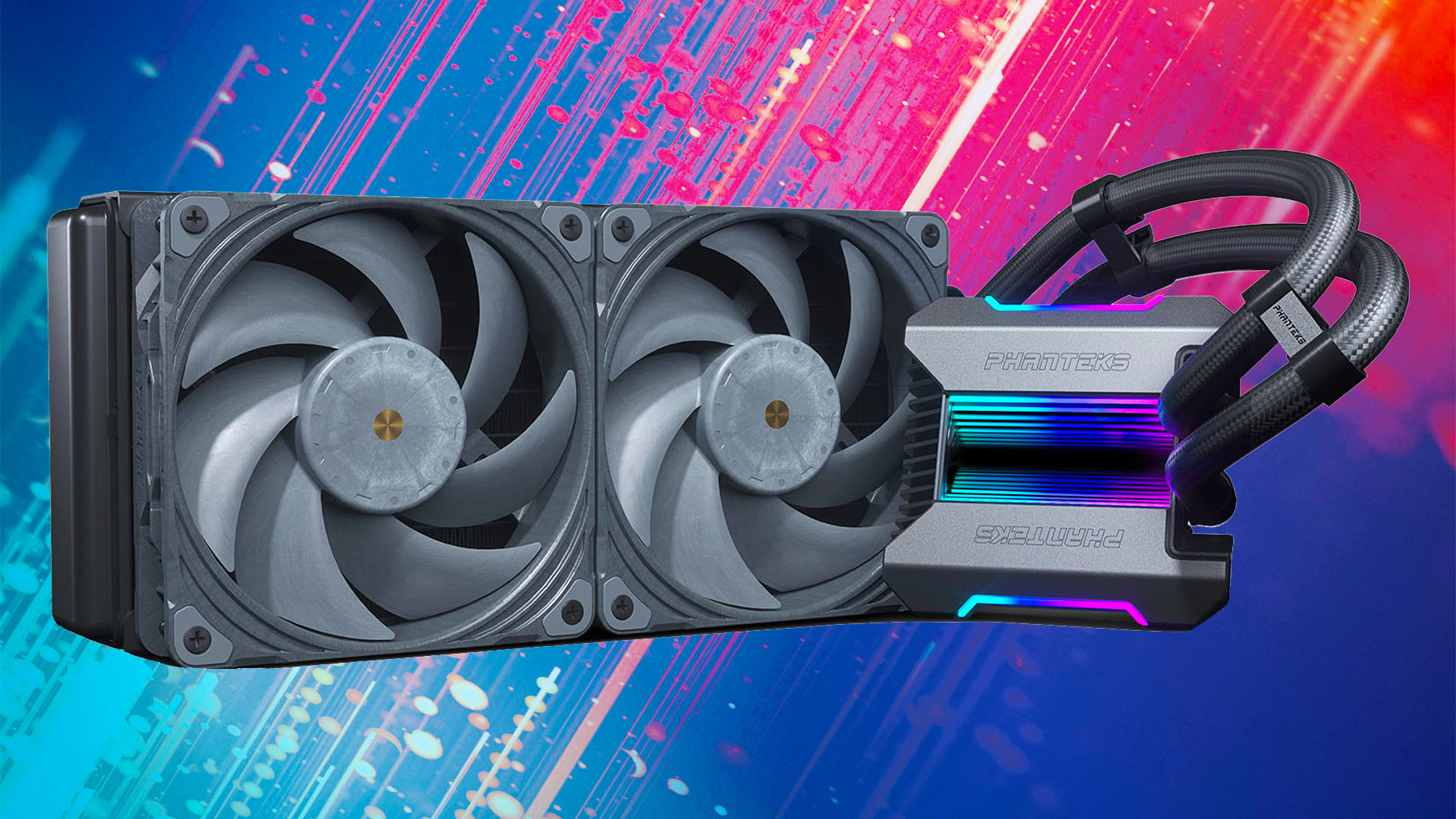
6. Phanteks Glacier One 240 T30
The best high-performance 240mm AIO cooler.
Phanteks Glacier One 240 T30 specs:
| Intel sockets supported | LGA1700 (with optional mounting kit), LGA1200, LGA115x, LGA2066, LGA2011 |
| AMD sockets supported | Socket AM4, TR4/X |
| Dimensions with fans (mm) | 120 x 273 x 63 (W x D x H) |
| Fans | 2 x 120mm |
| Stated noise | 40dBA |
| RGB lighting | Yes, on pump |
Pros
- Amazing fans
- Extreme cooling
- Snazzy RGB lighting on water-block
Cons
- Poor value
- Noisy at high speeds
If you don’t have room for a 360mm AIO cooler in your case but want to tame a high-end CPU, then the monstrously powerful Phanteks Glacier One 240 T30 is your best option. It’s not cheap, but its Phanteks T30 120mm fans are extremely well made and provide loads of airflow. Add a chunky radiator, with a depth of 38mm, and you get loads of cooling power from this AIO design. The infinity mirror effect on the waterblock/pump unit also looks great with the RGB lighting shining through it.
Read our Phanteks Glacier One 240 T30 review.
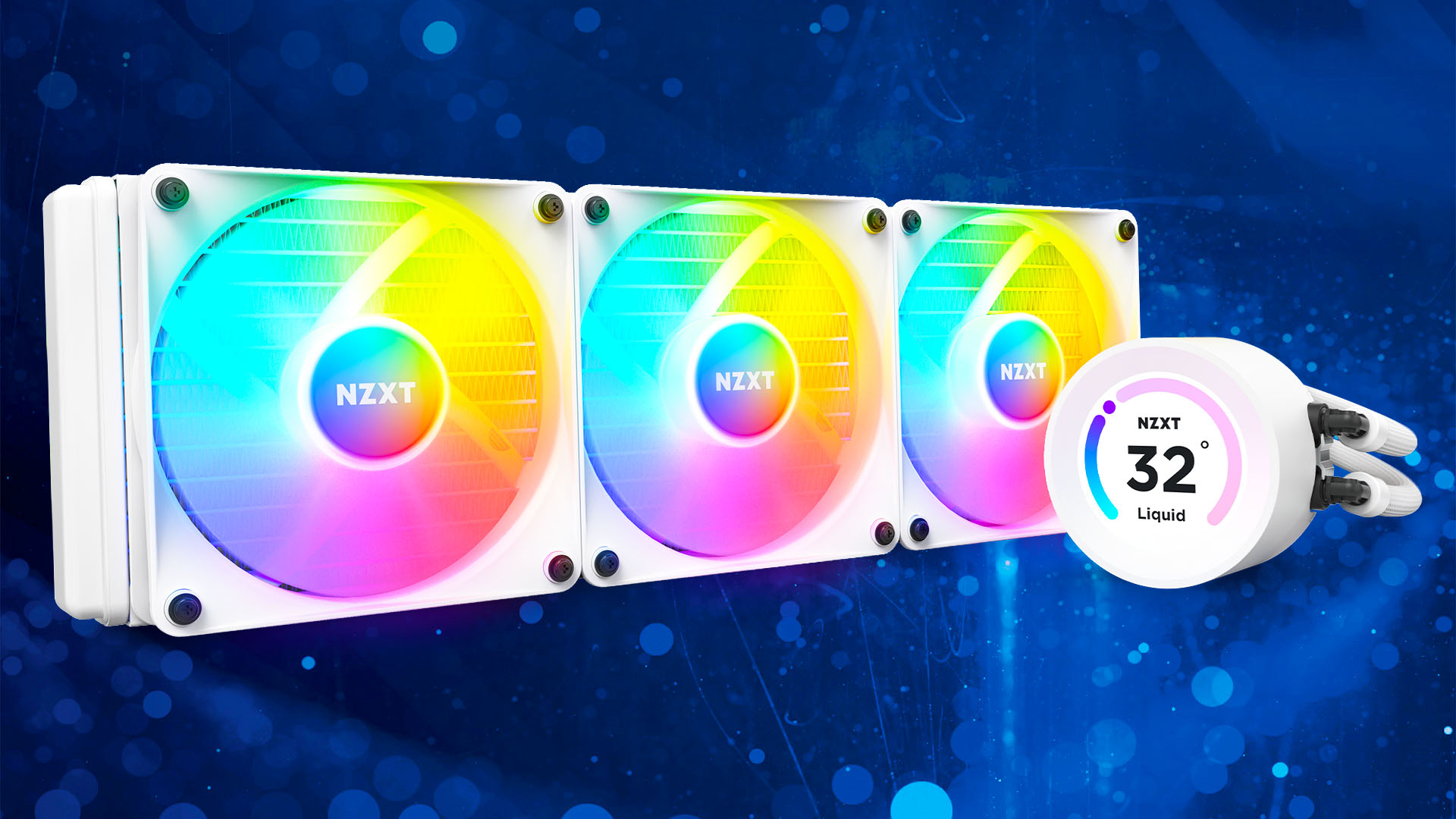
7. NZXT Kraken Elite 360 RGB
The best 360mm AIO cooler.
NZXT Kraken Elite 360 RGB specs:
| Intel sockets supported | LGA1700, LGA1200, LGA115x |
| AMD sockets supported | Socket AM5, Socket AM4, Socket sTRX4, Socket TR4 |
| Dimensions with fans (mm) | 121 x 52 x 394 (W x D x H) |
| Fans | 3 x 120mm |
| Stated noise | 34dBA |
| RGB lighting | Yes |
| Extras | Software control, RGB controller, LCD on pump |
Pros
- Looks great
- Excellent cooling
- Low noise levels
Cons
- Fans and pump slow to spin up
- Lots of cables
- Expensive
There’s no getting around the fact that the NZXT Kraken Elite 360 RGB has an extremely high price, but it justifies it with its amazing cooling power and expansive feature set. With plenty of radiator capacity and three 360mm fans, you can get a lot of cooling power without running the fans flat out. There are lots of cables, but the dedicated RGB controller box keeps it tidy, and the LCD on the pump unit looks great. NZXT’s CAM software also works flawlessly. If you want to cool a top-end CPU, and you can afford all the bells and whistles, this is about as good as AIO coolers get.
Read our NZXT Kraken Elite 360 review.
How we test CPU coolers
To test CPU coolers fairly, we measure the CPU temperature with CoreTemp, before subtracting the ambient air temperature from this figure. This gives us a delta T result, which enables us to test in a lab that isn’t temperature-controlled.
To load the CPU, we run the Prime95 smallest FFT test with AVX instructions, and take the temperature reading after ten minutes. We use an AMD Ryzen 9 7900X to test AM5 cooling, and a Core i7-13700K to test Intel LGA1700 cooling. For more detail, see our How we test page.
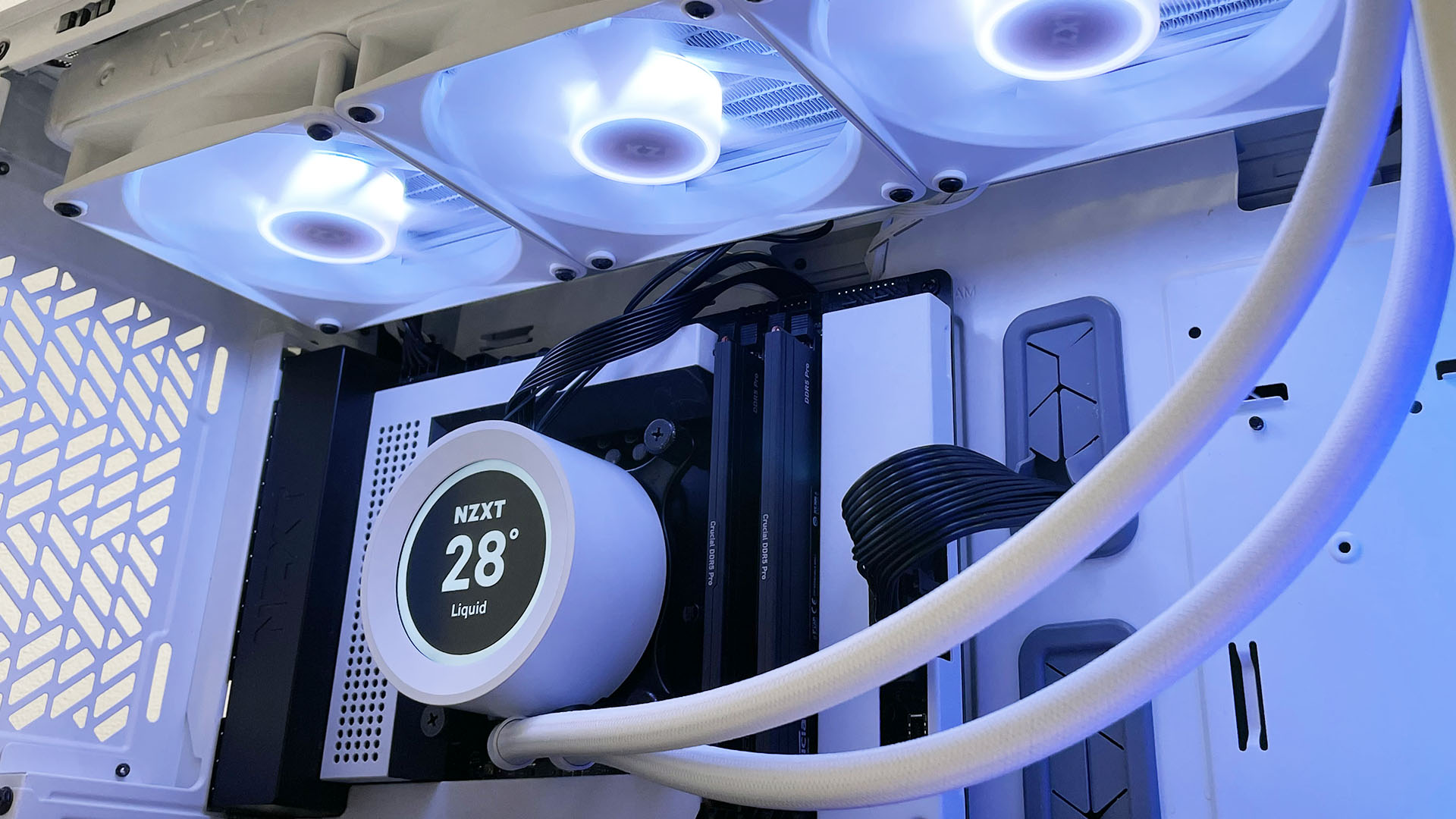
Is air cooling enough?
You can get a surprising amount of cooling headroom from an air cooler, and the Noctua NH-D15 even shows that you can use a humble heatsink and fan assembly to cool the latest high-end CPUs. No coolant can leak, or a pump can fail, in an air cooler, effectively making them maintenance-free.
However, you need a massive heatsink and a pair of large fans to get the most out of air cooling, and that results in a big chunky unit that you need to squeeze into your system. This means you need to check the CPU clearance in your case before you buy a large air cooler, and also check the height of your memory modules to ensure they won’t clash.
At the cheaper end of the scale, while a basic heatsink and fan assembly such as the Cooler Master will struggle to quell the heat from a 16-core CPU, it’s all you need to cool a Core i5-13600K or Ryzen 5 7600X. If you’re only cooling as Core i5 or Ryzen 5 CPU at stock speed, and you want to save some money, there’s no need to buy an AIO cooler – a sub-$50 air cooler will do the job fine, and without making too much noise either.
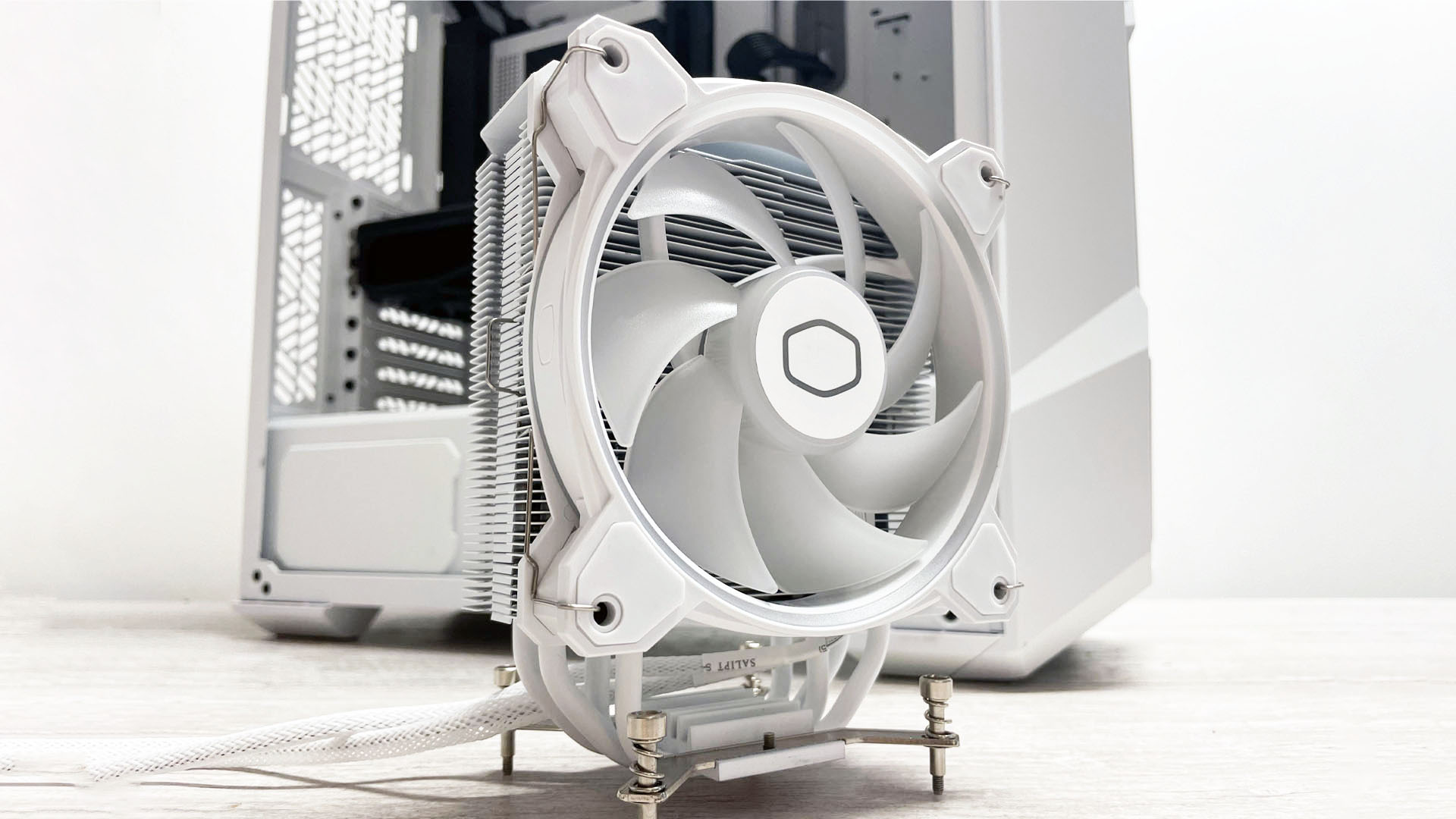
CPU Cooler FAQ
What is a CPU cooler?
CPU coolers do just what they say: they keep the main processor at the heart of your PC cool, helping to stop your system from overheating and ensuring the CPU can run at its maximum speed.
What sort of CPU coolers are there?
There are two main types of CPU coolers. The first is the stalwart air cooler, made up of a metal heatsink and usually one or two fans. The contact plate on the bottom will be made from a highly conductive metal, such as copper or aluminum, and will make direct contact with your CPU’s heat spreader via a layer of thermal paste. The heat is then transferred to the rest of the heatsink fins, usually via metal heat pipes, which are filled with thermally-conductive material to move the heat away from your CPU as quickly as possible.
One or two fans are then employed to shift this hot air away through the heatsink and out of your PC case, following the same airflow direction provided by the fans in your case.
The other main type of CPU cooler is an all-in-one water/liquid cooler. These again have a plate that makes full contact with your CPU’s heat spreader via a layer of thermal paste. However, instead of the heat being dissipated by being conducted through heat pipes and other non-active but thermally conductive materials, here the plate is actively cooled by water flowing through it.
The idea of water-cooling PC components long pre-dates so-called all-in-one (AIO) coolers but previously (and still, with modern custom water-cooling) all the other parts needed to pump the water around and cool the water down were made up of separate parts. With an AIO cooler, the pump (which is often housed above the contact plate), pipes, and radiator are all housed in the same closed-loop device. There’s no need to fill them with water or check for leaks in pipe fittings – just attach the cooler and go.
Should I get an AIO cooler or an air cooler?
The quality of air coolers is highly variable. If you’re using the Intel or AMD cooler that was packed in the box with your CPU (known as the ‘stock’ cooler), or was already installed when you bought your PC, we recommend chucking it in the trash. Stock coolers are generally noisy and offer only the bare minimum of cooling power. Even a sub-$50 aftermarket air cooler, such as the Cooler Master Hyper 212 Halo, offers significantly better cooling at far lower noise levels than a stock cooler.
With a decent design, a large heatsink, and plenty of cooling power, you can even use air coolers such as the Noctua NH-D15 to cool a high-end 16-core CPU.
The main disadvantage of air coolers is that the good quality ones that have lots of cooling power and quiet operation take up a lot of room in the middle of your case, making for an untidy build. Also, any hot air still needs to be expelled from the case via other case fans.
As for AIO coolers, their big advantages are somewhat the opposite of air coolers. The plate/pump combo is compact, leaving a clean-looking and spacious interior to your PC. Plus, any heat blown out of the radiator is expelled directly out of the case (assuming you’ve configured the fans in this way). Their disadvantage is that they start at a higher price and don’t provide much of a cooling advantage until you step up to larger 240 mm+ sizes.
Which way round do you install an air cooler?
It’s usually possible to mount your CPU air with its fan pointing in several different directions, but you need to make sure its airflow is directed in line with the rest of your case’s airflow. This usually goes from front to back. It’s also very important to have the rear fan working with your CPU air cooler, so if your case lacks a rear fan and only has a roof fan, consider aligning your CPU cooler’s air direction with your top fan, so the hot air exhausts out the roof of your case instead.
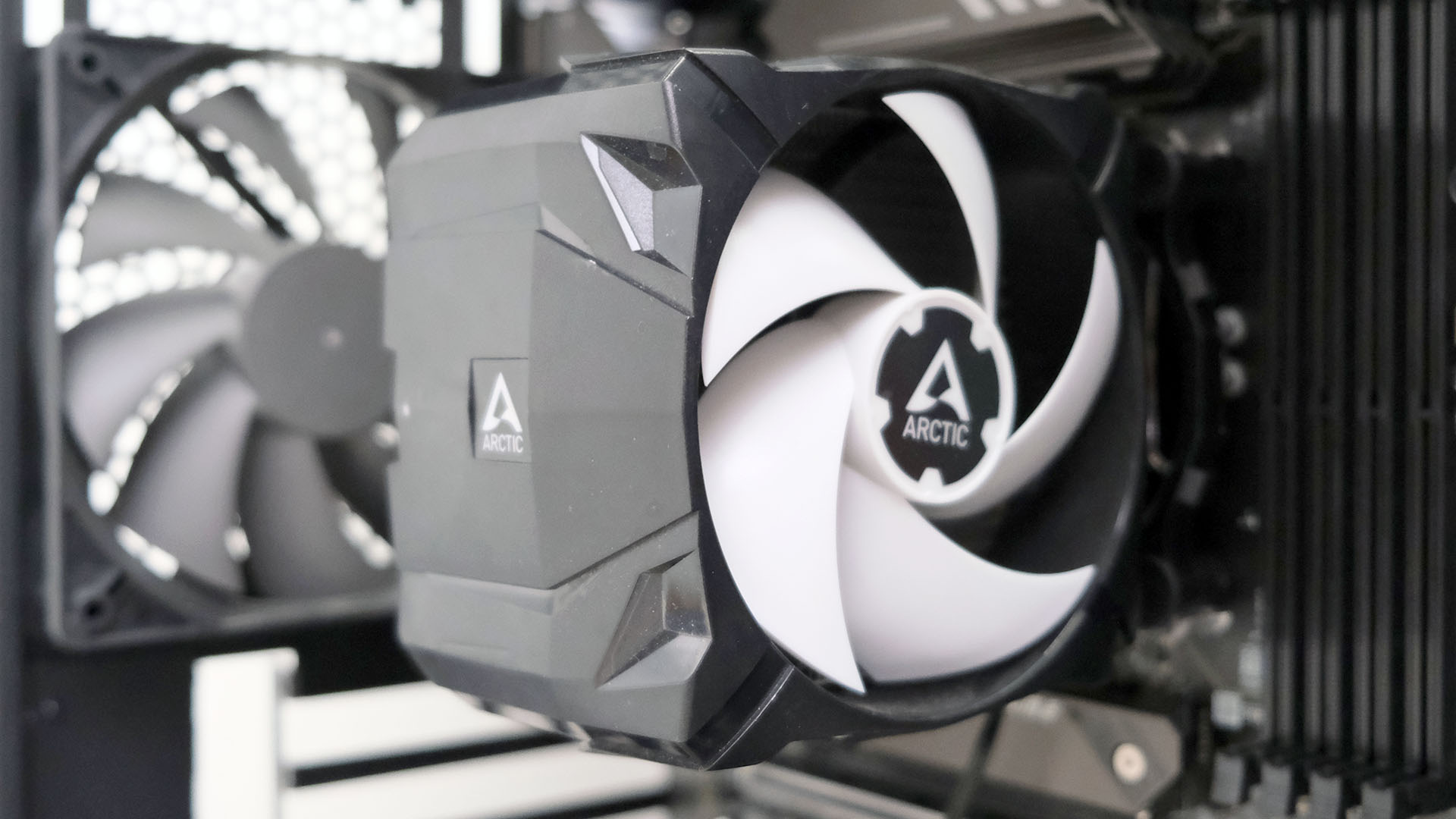
Do I need an AIO cooler?
There are several benefits to using an AIO cooler over an air cooler. One is that the water block and pump unit that attaches to your motherboard socket is much smaller than a heatsink and fan assembly, eliminating worries about there being enough clearance in your case, and the pump unit won’t clash with your memory either.
By moving the heat from your CPU to a whole other area of your case, with fans to expel the hot air, you can also get much better cooling performance from an AIO cooler than your average air cooler. This can buy you some overclocking headroom.
For example, we managed to overclock the Core i5-13600K to 5.7GHz on all its six P-Cores using a 240mm AIO cooler, but this would be a struggle for your average air cooler. Plus, let’s be honest here, AIO coolers also look good, especially if you get a model with RGB lighting on the pump or, even better, an LCD.
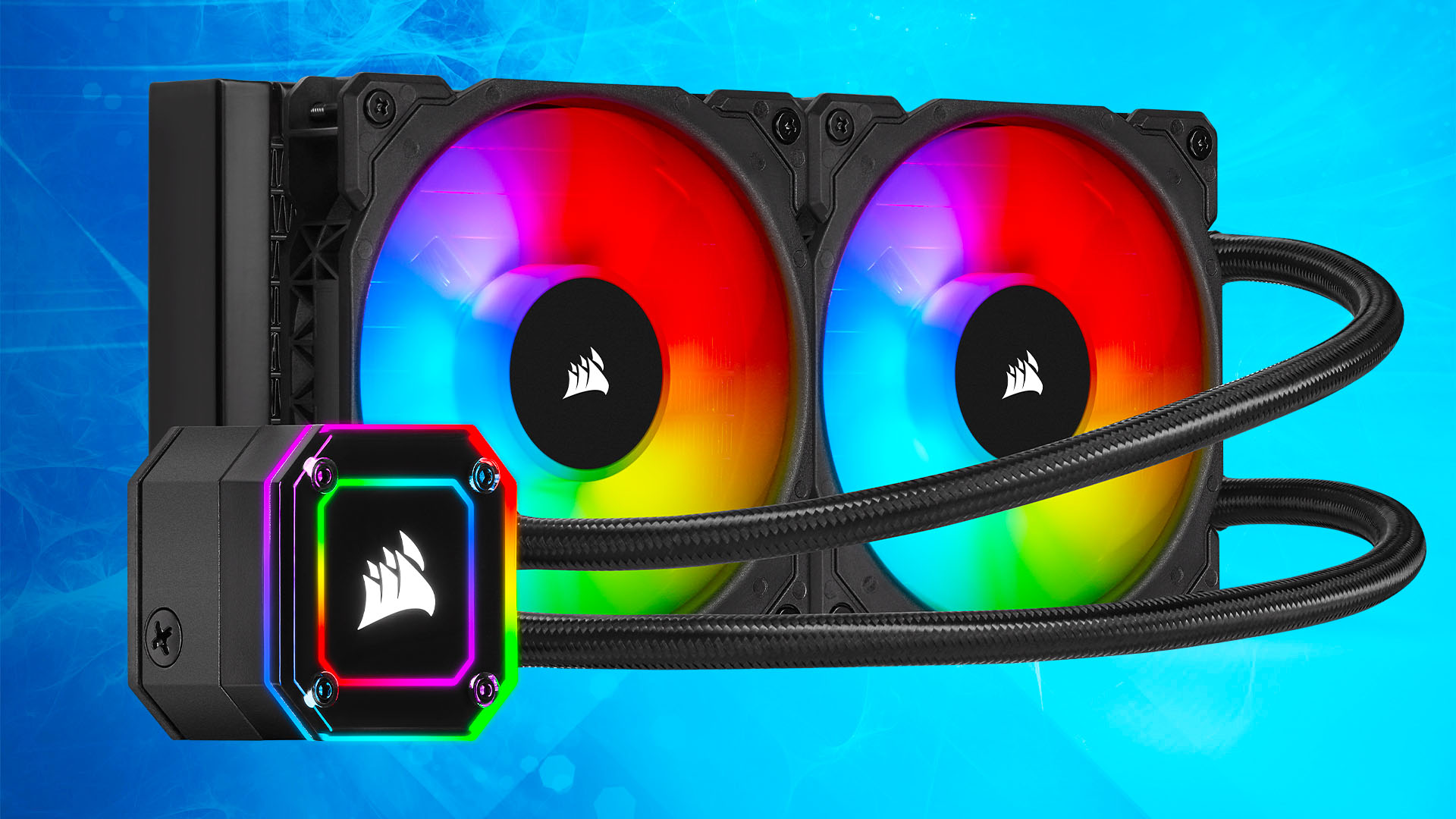
Do I need a 360mm AIO cooler?
You don’t need a 360mm AIO cooler for any CPU, even the highest-spec ones, but there are benefits of opting for a 360mm AIO cooler over a 240mm one. The main benefit is the extra cooling capacity, not only from the extra fan but also the extended radiator. This means you can run the fans at a slower speed than on a 240mm cooler, but still get the same cooling power, meaning the cooler makes less noise.
If low noise isn’t a priority for you, that extra cooling headroom can sometimes also enable you to get a higher overclock from your CPU, or at least enable your CPU to hit higher boost clocks. The Core i9-13900K has a stated maximum boost clock of 5.8GHz, but it only hits this frequency if there’s enough cooling power on tap.
The main downsides to 360mm coolers are price and space. You’ll need to make sure your PC case has room for one, usually either on the roof or at the front, and without clashing with other parts of your system. The radiator compatibility for your case is usually listed in your manual, or on the manufacturer’s website.
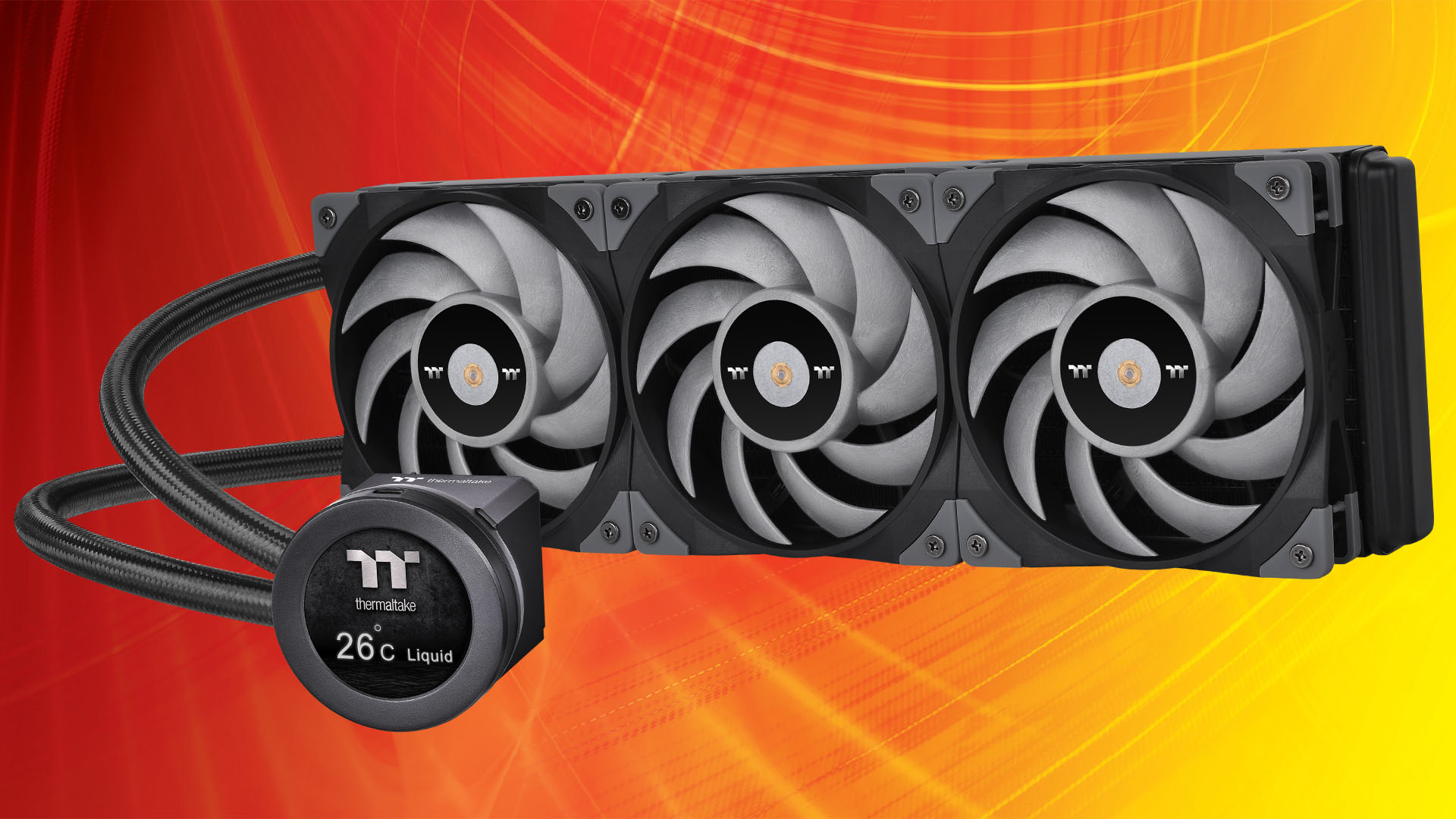
That’s it for our roundup of the best CPU coolers, and we’ll keep this guide regularly updated as we review more coolers in the future. If you’re planning on building a new PC, make sure you check out our guide to the best gaming CPU, where we run you through all the best options at a range of prices, as well as our full guide on how to build a gaming PC, where we take you through every step of the process, including installing CPU coolers.
